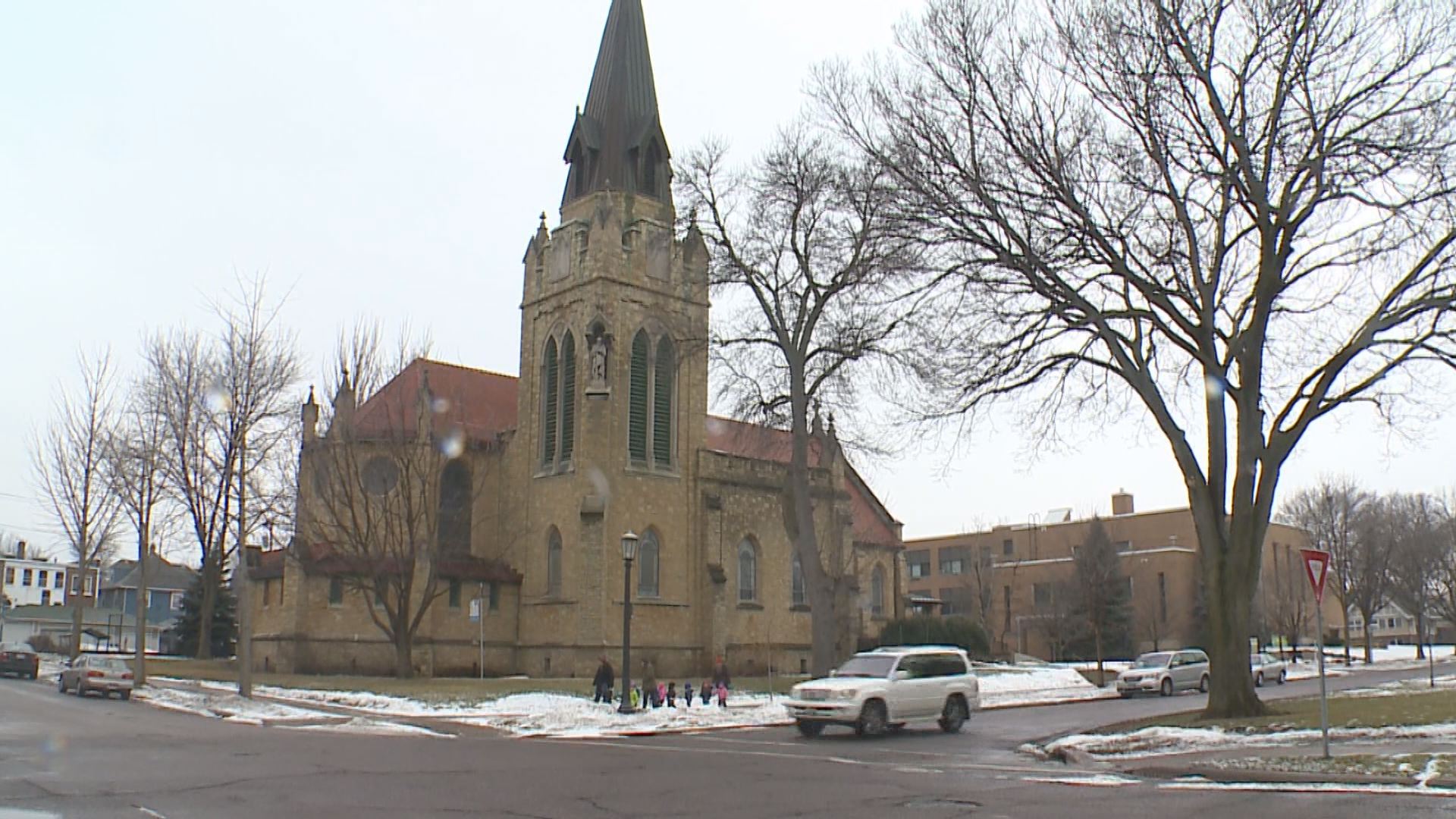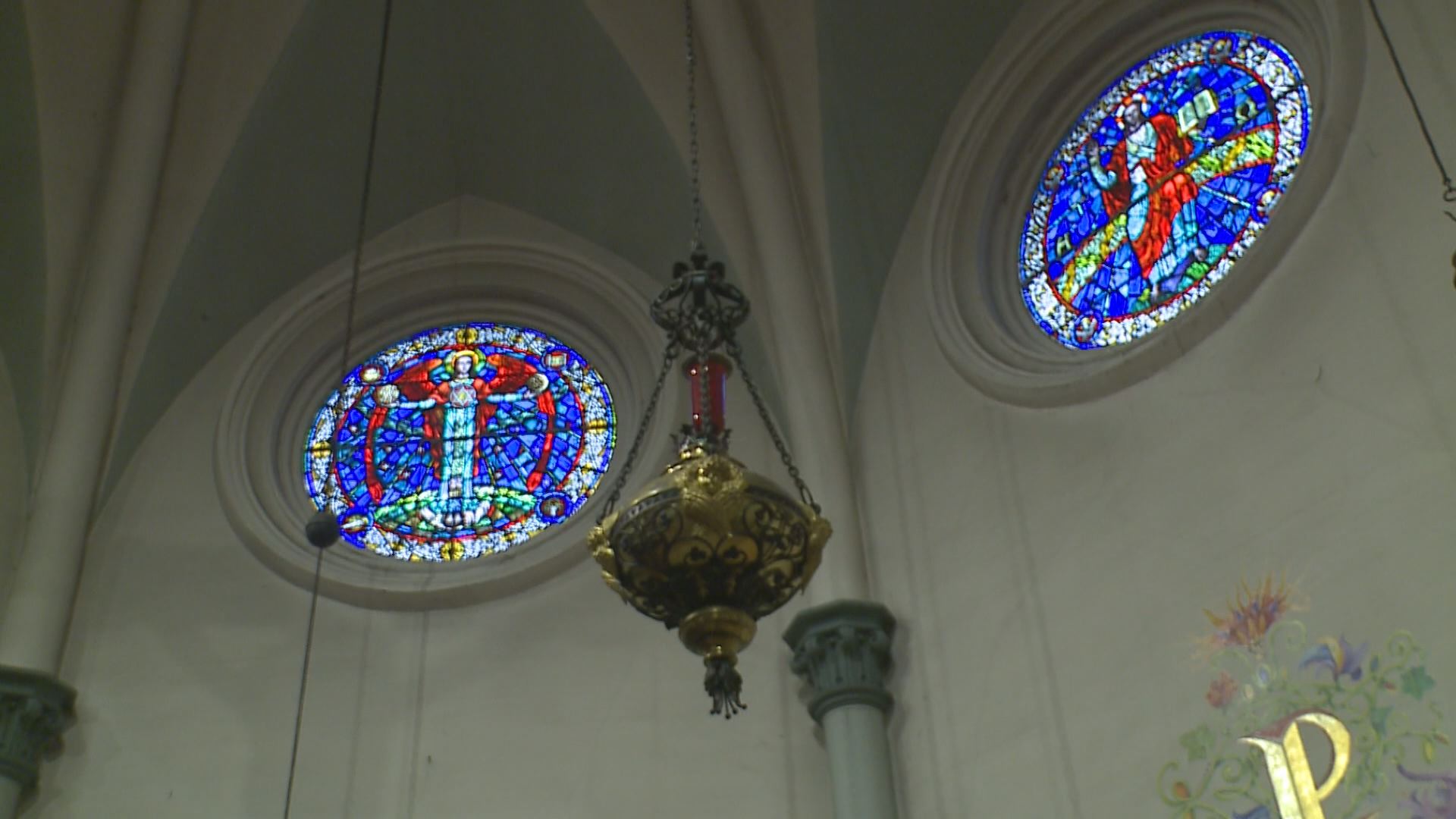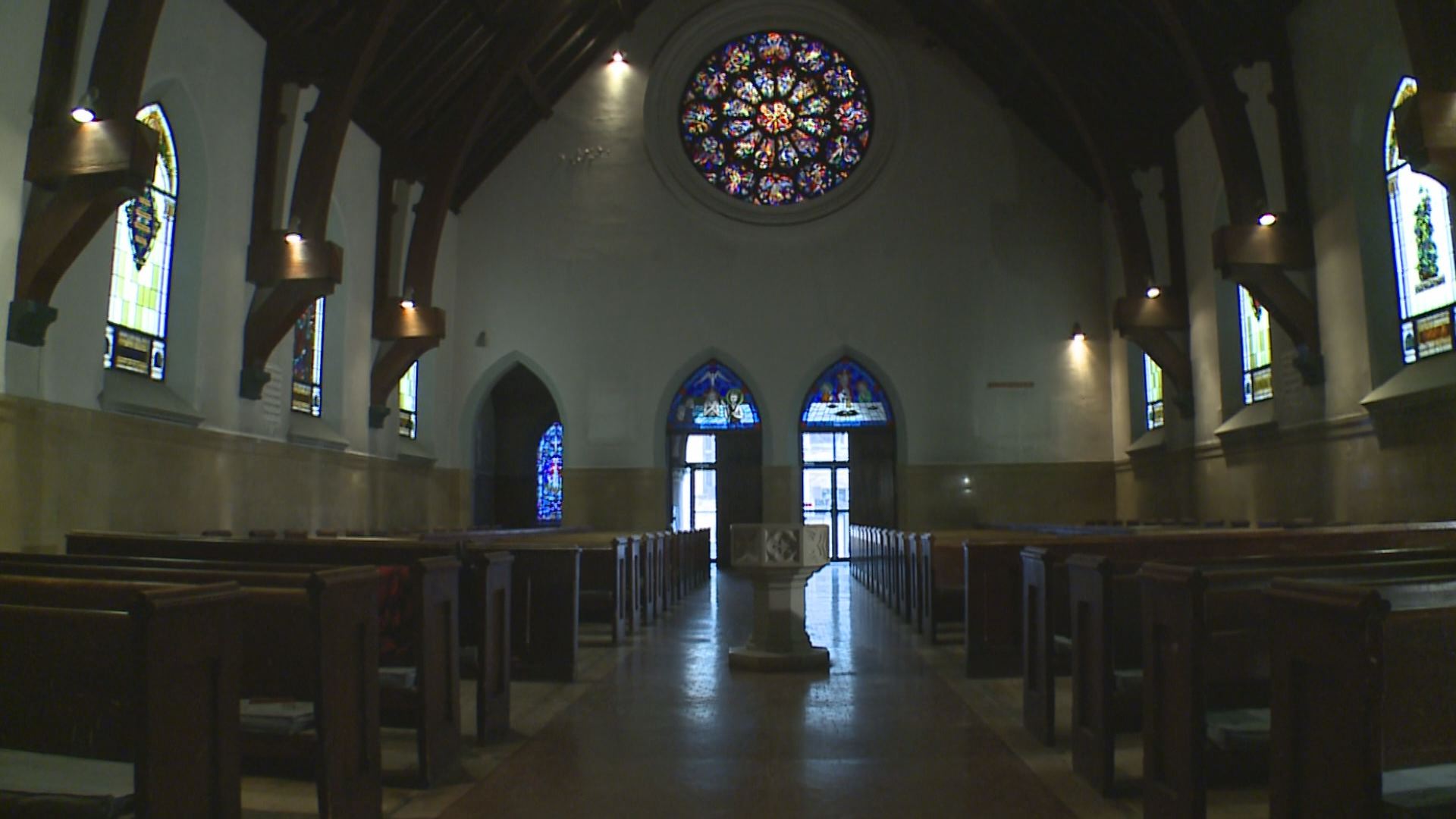ST. PAUL, Minn. – There is a piece of property for sale on Summit Avenue in St. Paul, but it is not just any property. It is the historic St. Paul’s Church on the Hill.
The 103-year-old worship facility closed in 2015, suffering from a dwindling parish population. The decision to sell it was difficult, in the opinion of Episcopal Church officials, but necessary.
“This is one of those faith communities that came to the end of its life,” said the Rev. Michael Pipkin, Missioner for Missional Management of the Episcopal Church of St. Paul. “What we are really hoping is that this asset for the church, this building, can be used to somehow engage the neighborhood, that something can happen here that will benefit not just the neighbors nearby but throughout the whole community of St. Paul.”

The church began its life in the Lower town area of St. Paul in 1854. An early parishioner was Henry Sibley, the first Governor of Minnesota. Many prominent government and business leaders followed.
At the turn of the last century, the decision was made to move the congregation to the new, prominent location “up the hill”, hence the name change to St. Paul’s Church on the hill.
”They dismantled the church, stone by stone, and brought it up the hill to be reconstructed in the larger footprint,” said Jay Nord, Realtor for the property sale. “Most of the steeple of the building, what is the current tower of this building, came from the lower town site.”

In fact, many of the appointments inside the present building were transported from the original site. They include stained glass windows, the exterior statue of St. Paul, and the interior altar piece of the side chapel, which was actually the main altar of the original church.
Nord pointed out that the old pews are just as uncomfortable today as they must have been in 1854, an idea of how worshippers expected their churches to be a century and a half ago.
The church hired Emmanuel Masqueray, architect of the Cathedral of St. Paul and the Basilica of St. Mary in Minneapolis, to design the transported church.

The new sanctuary opened in 1914, five years later, priest and rector John Wright was interred under the floor of the main altar. He remains there to this day.
“I believe technically it is a historic, non-operating cemetery and the state archeologist has control over the destiny of those remains and by past precedent, they’re likely to stay with the building,” according to Nord.
There are other restrictions for potential purchasers.
“The building lies within the Summit Avenue historic district and as such there is an extra level of approval that any buyer of the building would have to go through when pulling a permit,” said Nord.
The old church is priced at $1.69 million ($88 per square foot). However, Nord said there has been considerable interest in the property and he expects a sale to be completed in the near future.

